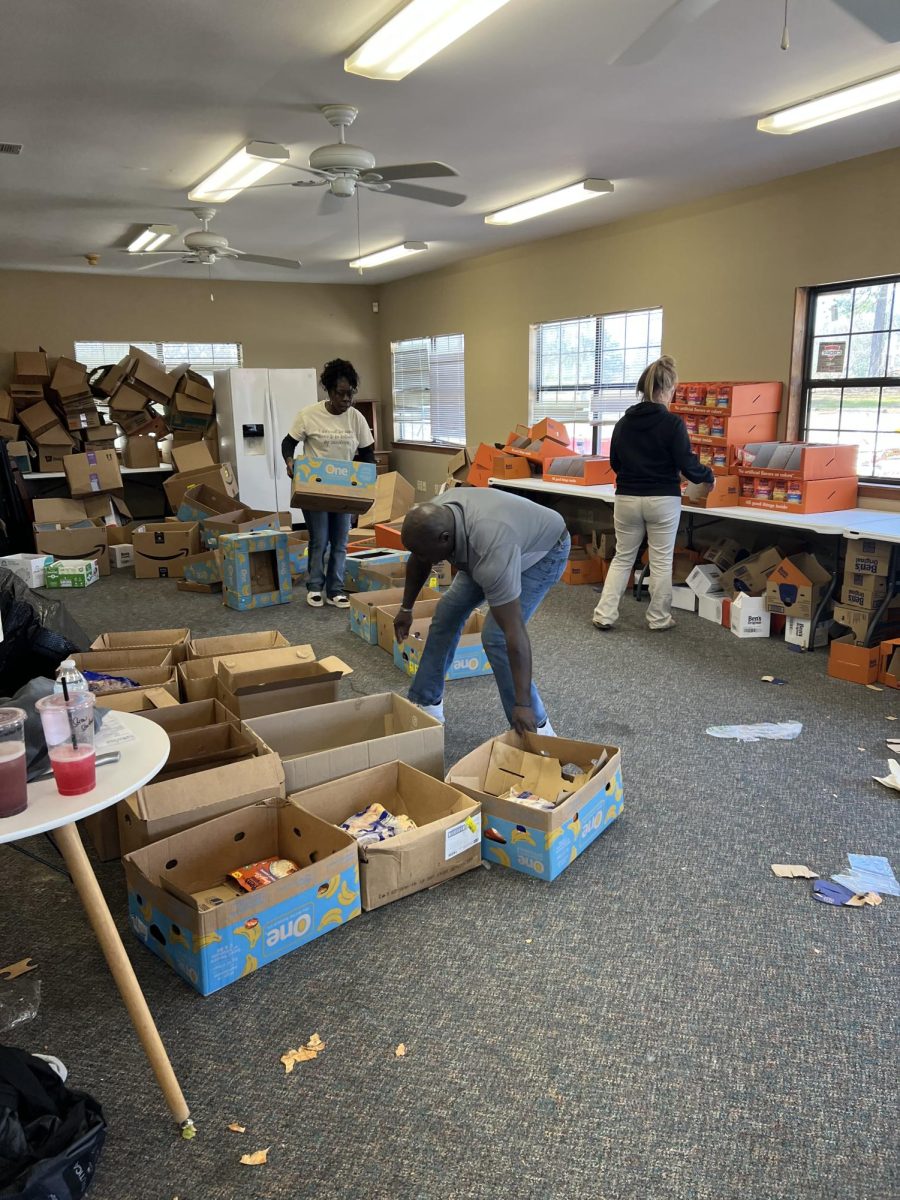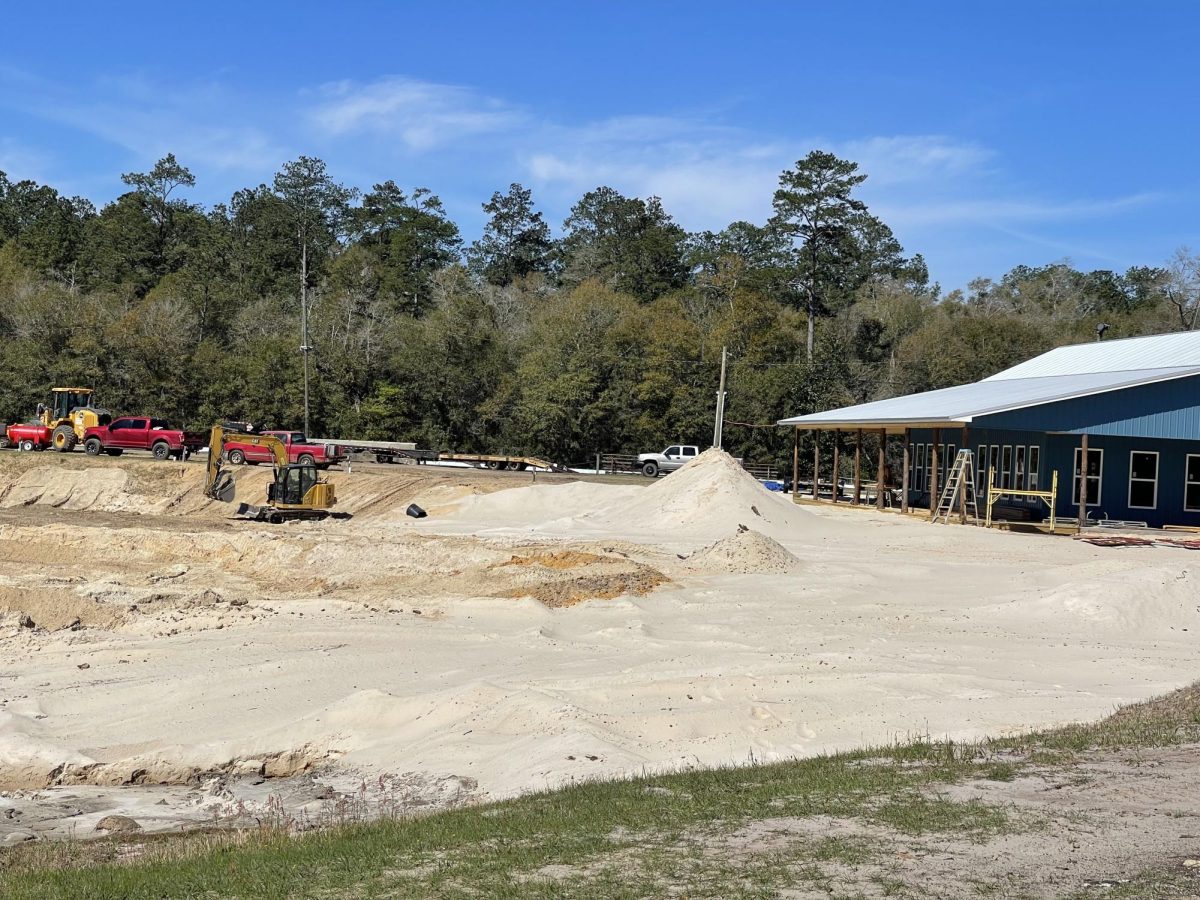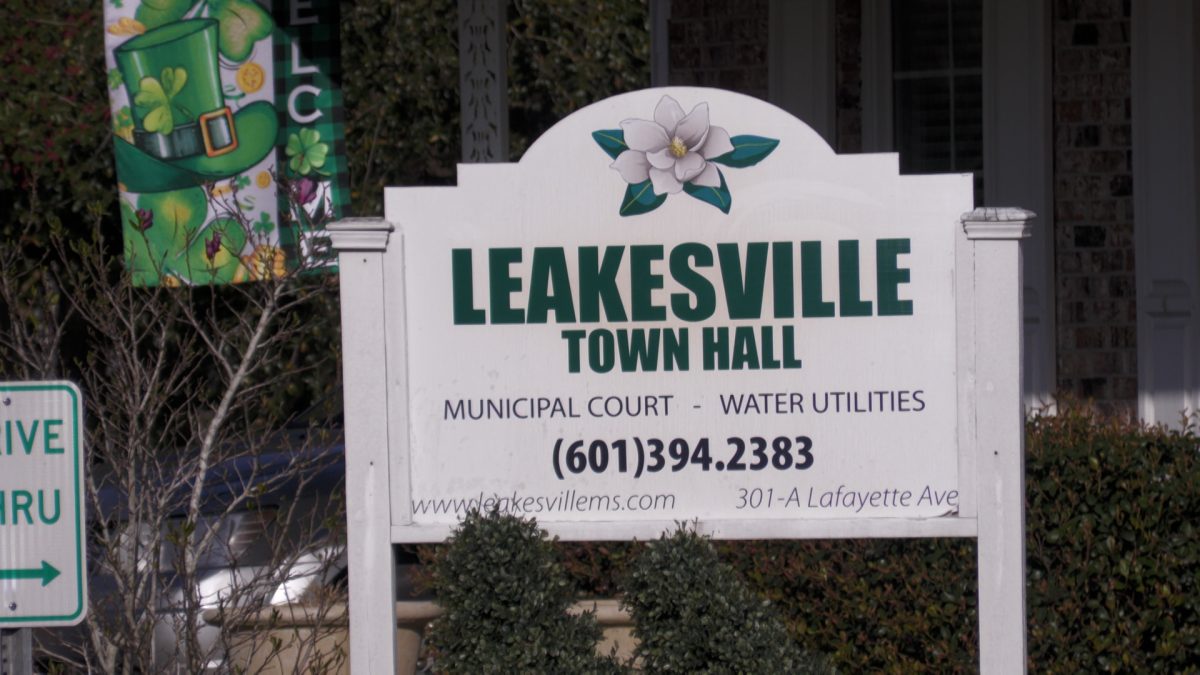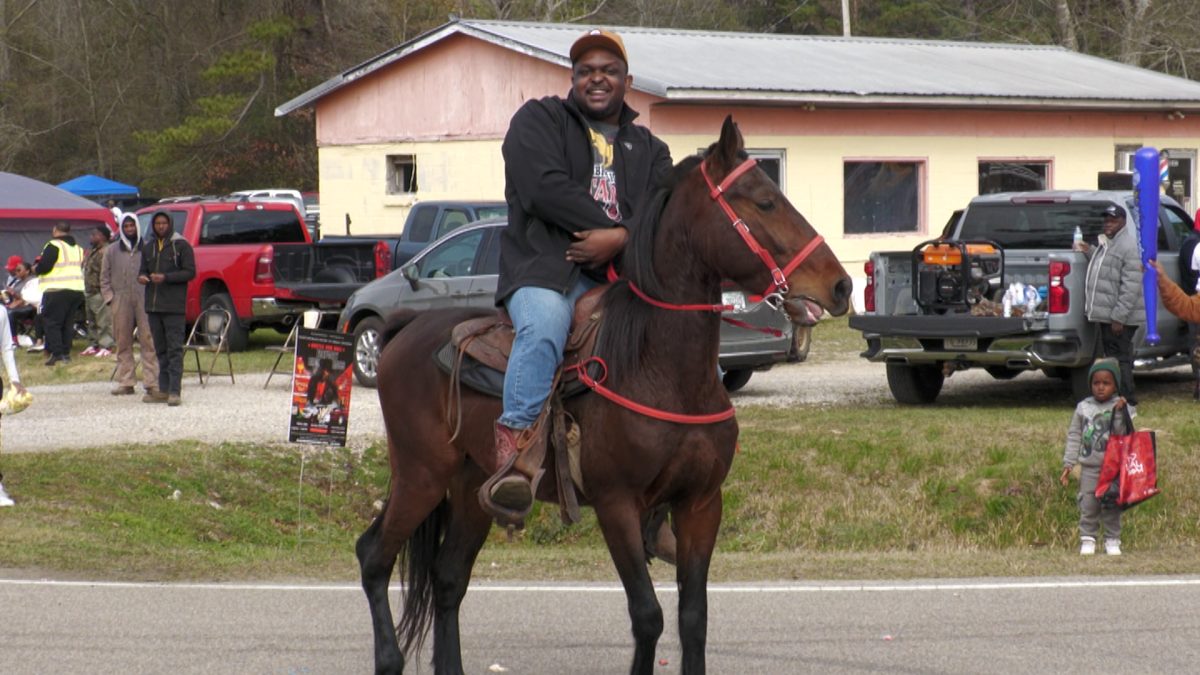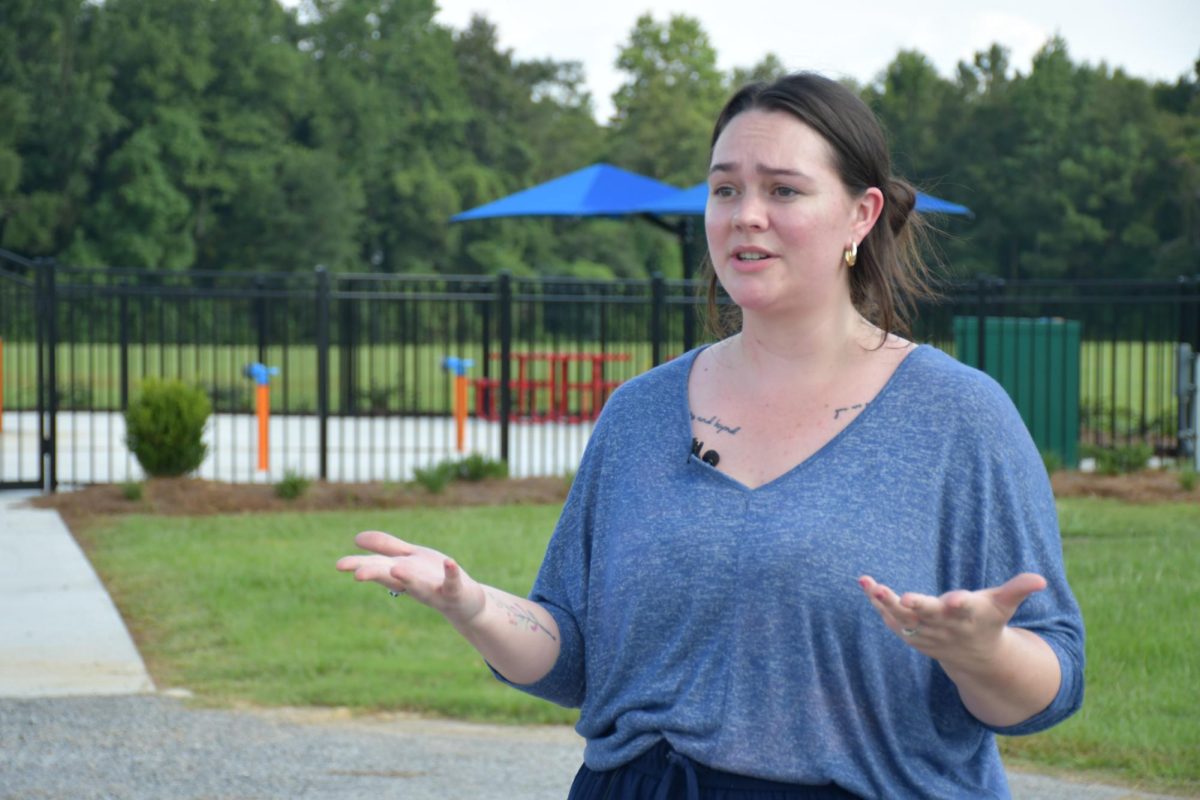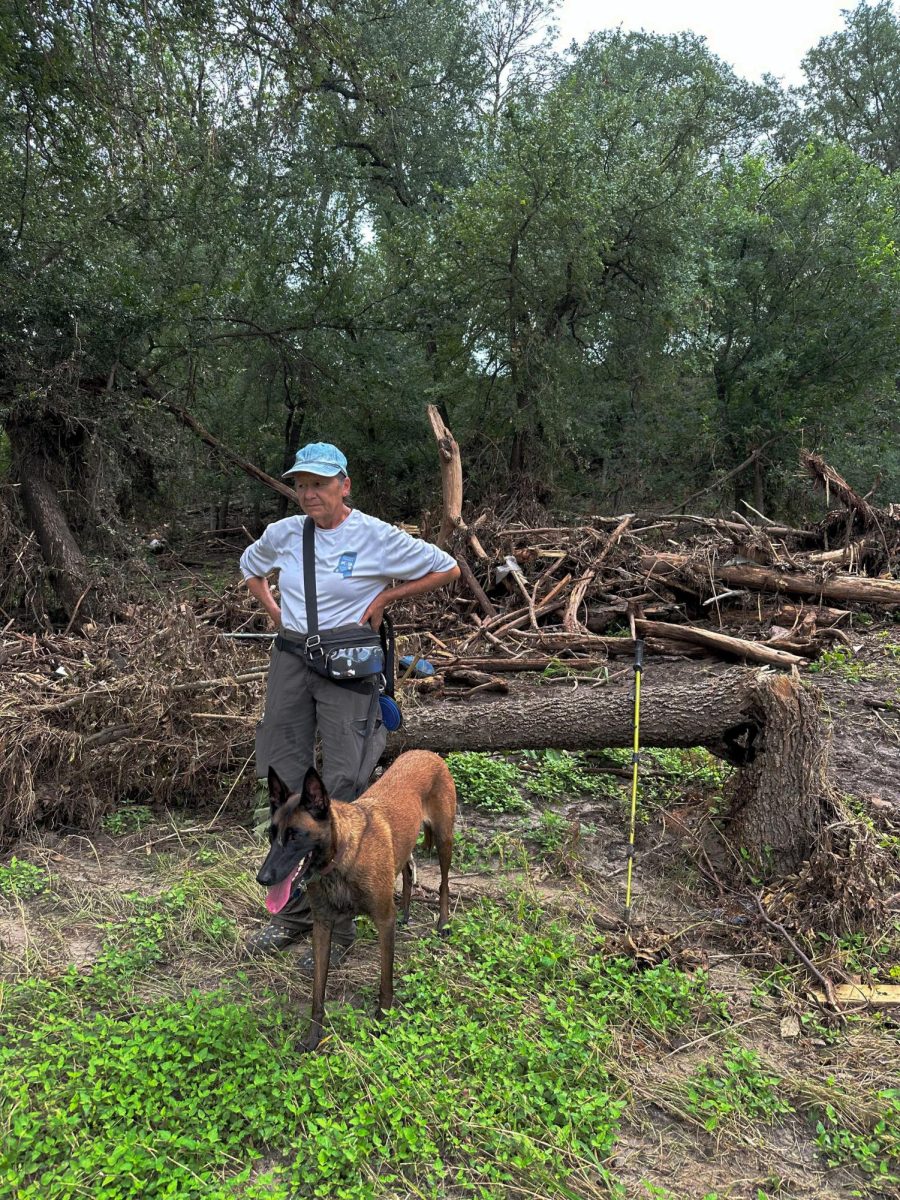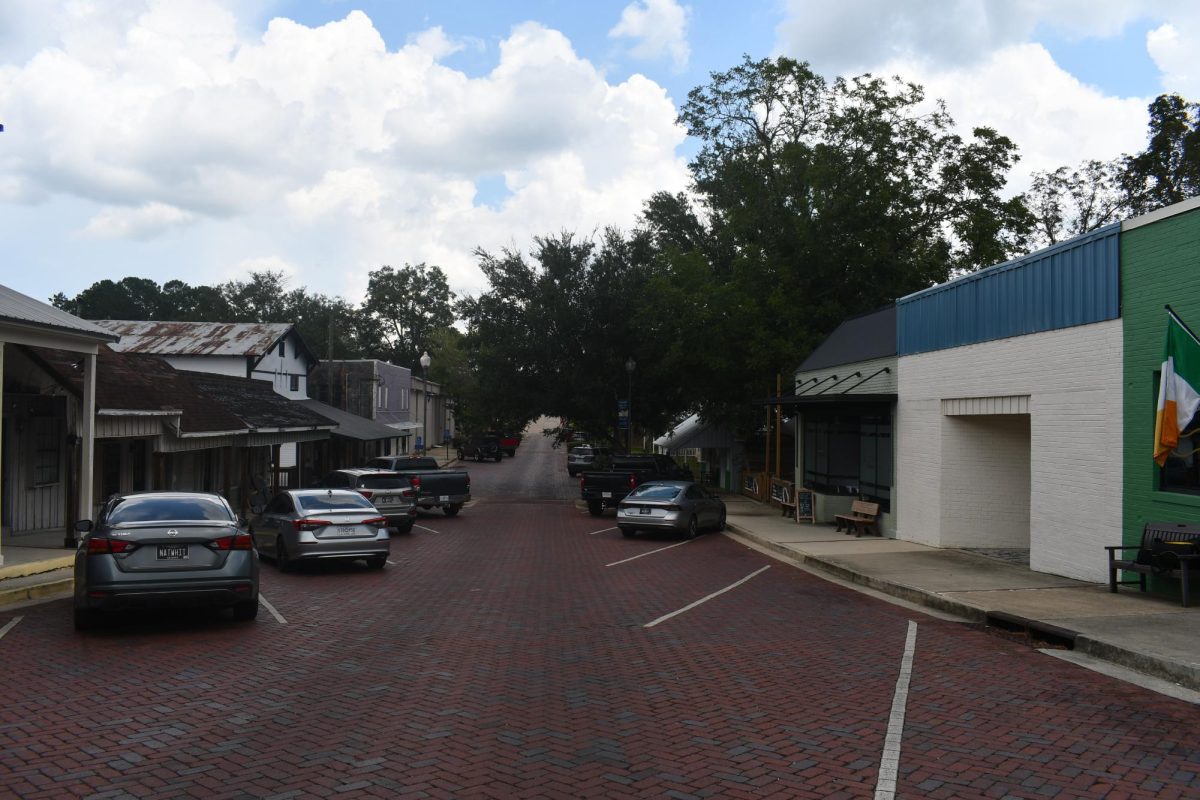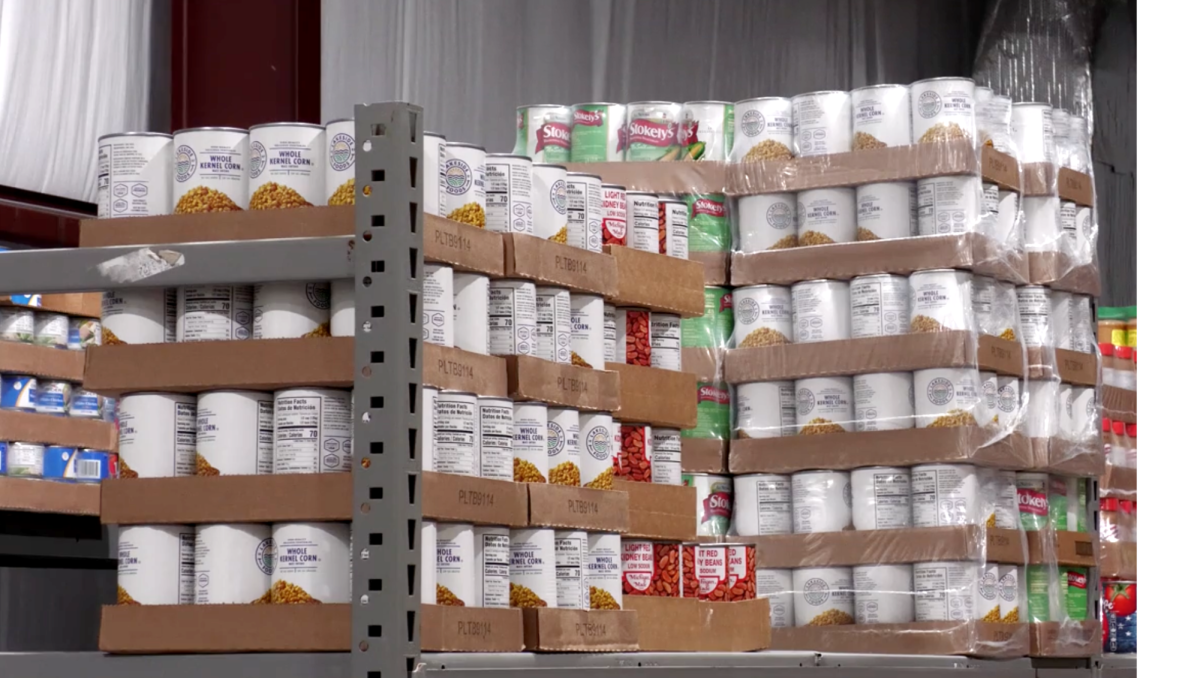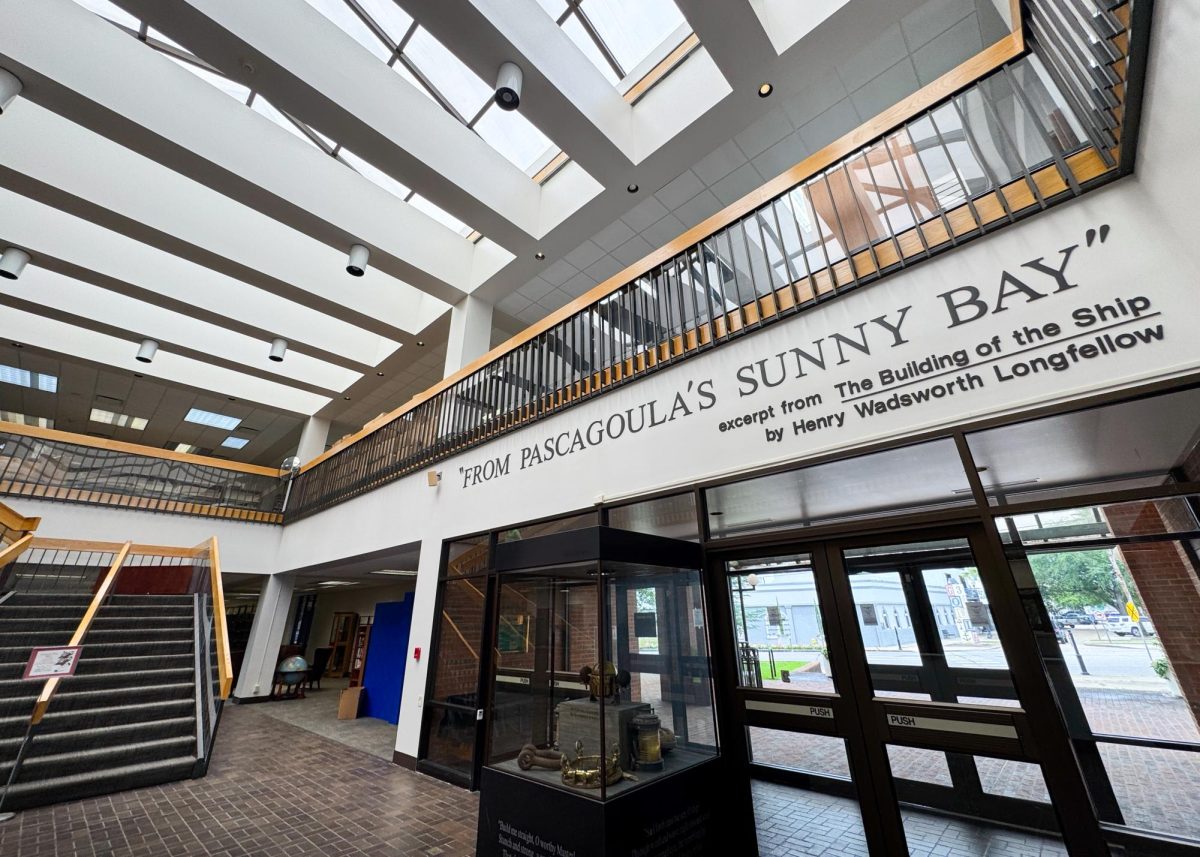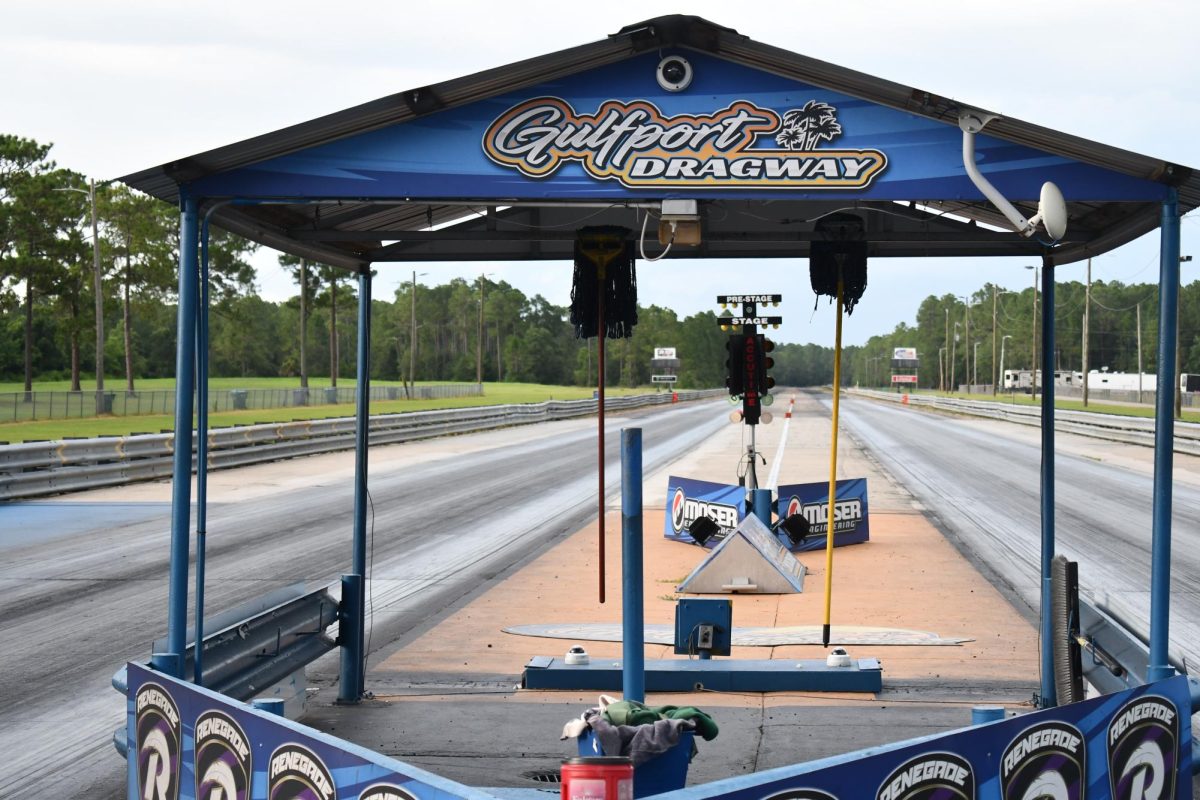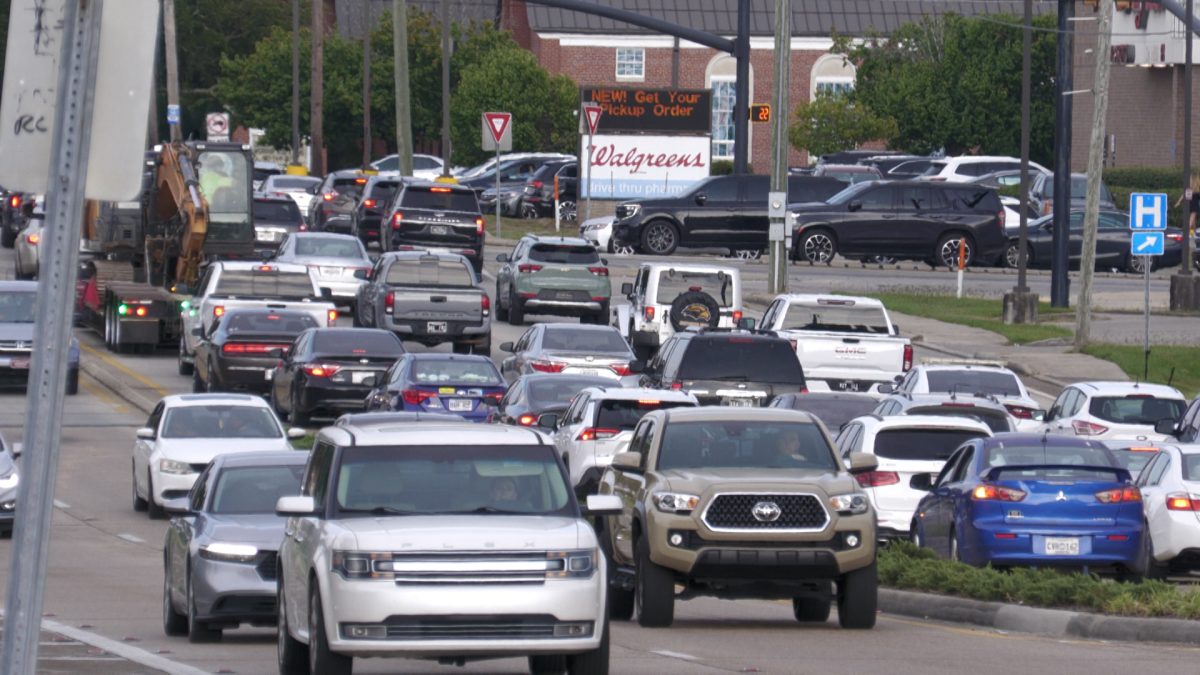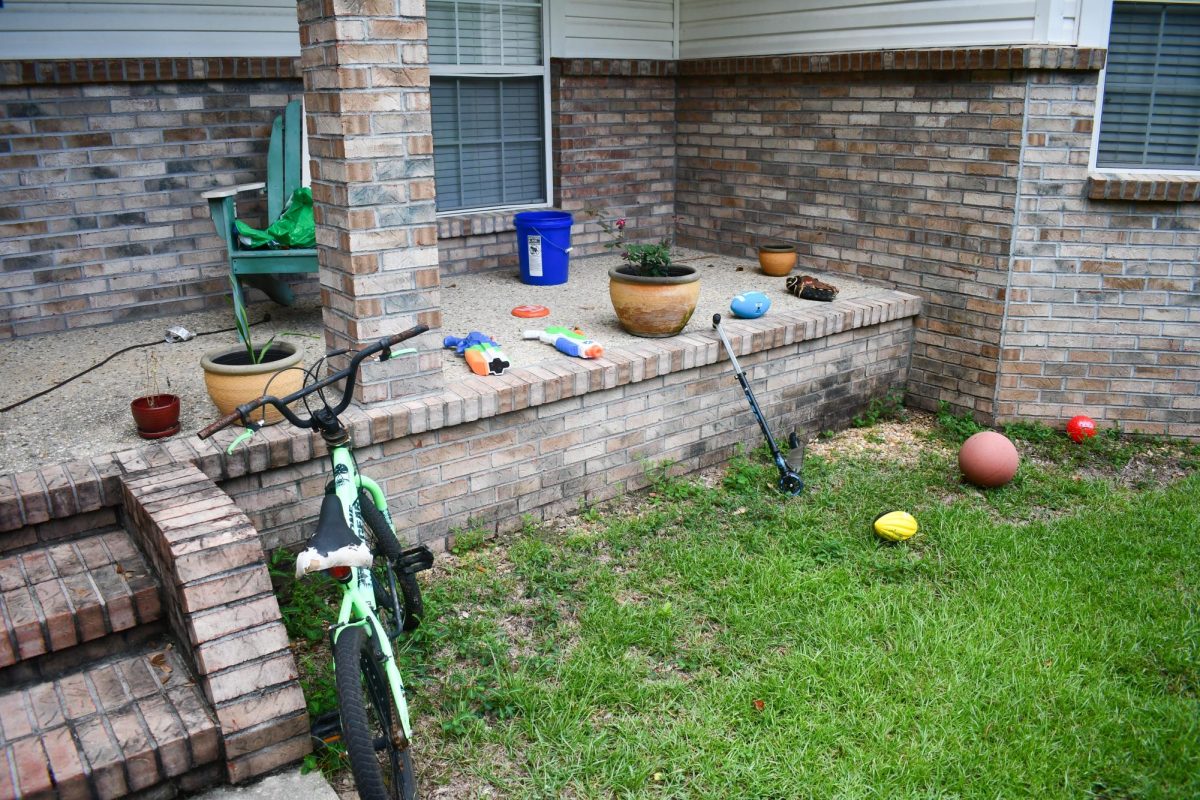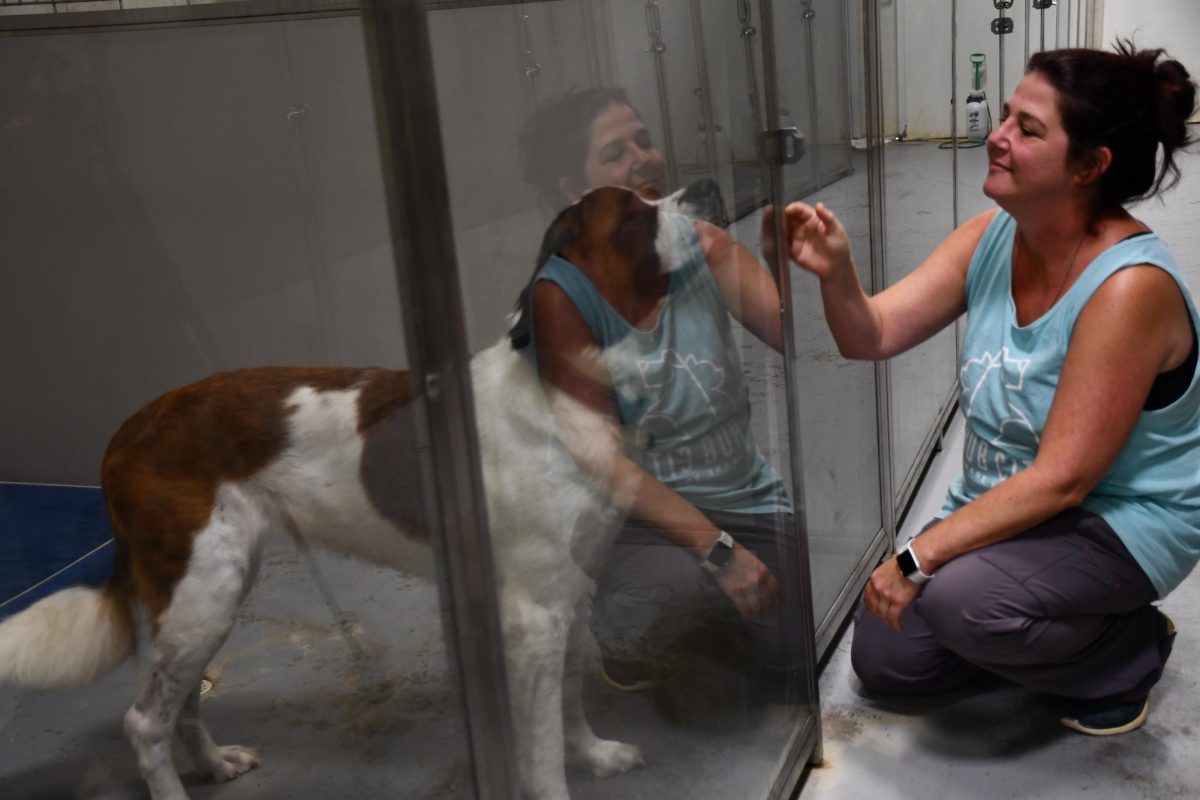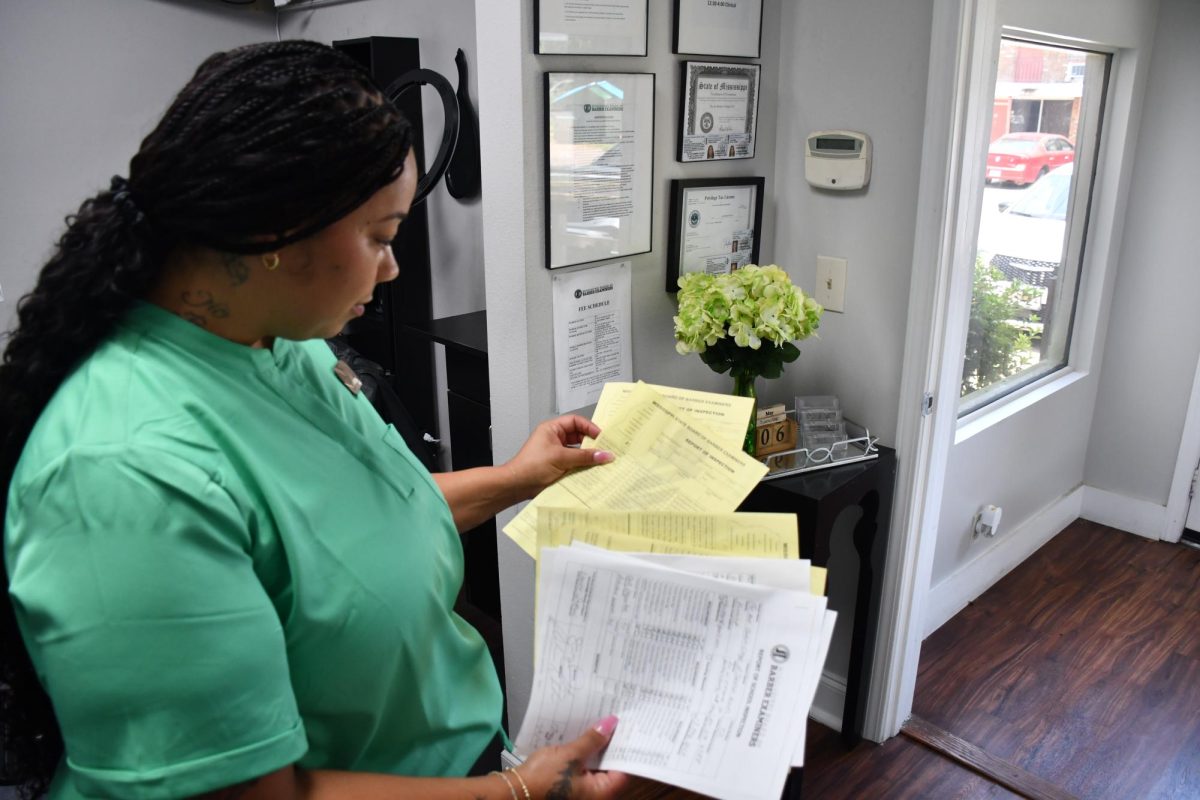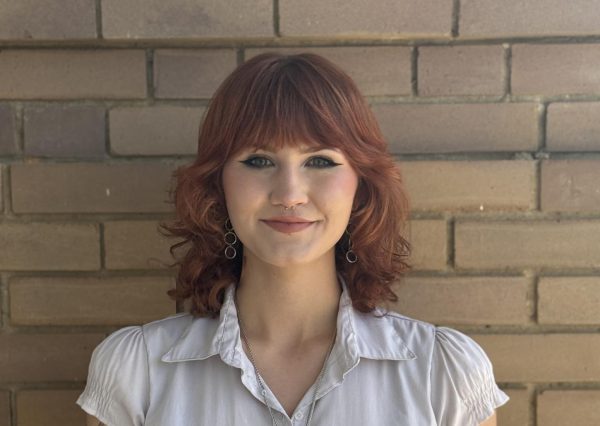STATE LINE — For years, pet owners and cattle producers in this small Mississippi town have relied on at-home remedies and long-shot emergency calls.
The nearest veterinarian is a half-hour away — too far when a cow is in labor or a pet is in pain.
Now, Dr. Veronica List is opening a mixed-animal clinic in State Line, aiming to bring veterinary care within reach for a rural population that’s long gone without. Her decision to practice in rural Mississippi was complex — and one many veterinarians aren’t willing to make.
Why so few rural vets?
“… My husband said to me, ‘This place needs a veterinarian,’ because the closest veterinarian to here is in Waynesboro, which is about a half an hour away,” List said. “So, for the people here, that’s a trick, especially if you have an emergency or if you have cattle that you have to transport.”
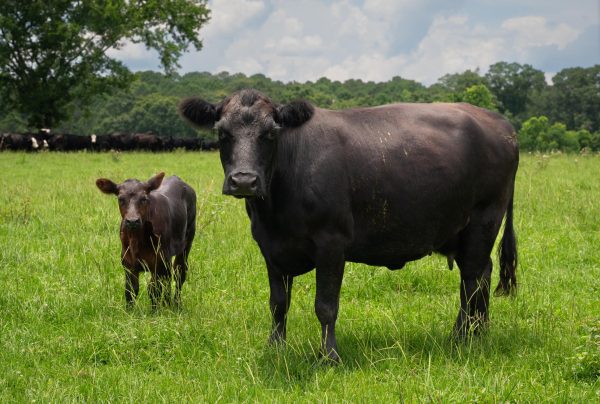
List’s clinic, tentatively called Critter Care Animal Clinic, will open at limited capacity in the fall. In addition to serving both pets and large animals, it will also serve as a resource center for pet rescue and vaccinations. List said Greene County doesn’t have a veterinary clinic or animal shelter at all.
“We don’t have a pound or an animal rescue or a shelter or anything in Greene or Wayne County,” List said. “So, you say, ‘Hattiesburg has several shelters.’ A lot of the counties that are outside of the county that you might find an animal in won’t take animals from those counties.”
List said opening a rural clinic can be daunting. The economic reality is hard to ignore, with low household incomes, few clients and often unpredictable demand.
“Economics, unfortunately, is a huge part of it,” List said. “And most people that go to college now, in general — whether you’re going for veterinary medicine or journalism — you have debt. And for medical professions, it’s very high.”
For many new veterinarians, the draw of city clinics is hard to resist.
“There are plenty of people in my class that are making anywhere from $120,000 to $150,000 a year, with sign-on bonuses, because they’re working for corporate (companies) in cities — and that’s nowhere near what I’m making — but I’m okay with that, because it’s what I love to do,” she said.
Life-or-death delays
According to a study by Lincoln Memorial University, Mississippi had a shortage of 133 veterinarians in 2024. The state had about 838 veterinarians across 302 clinics.
The shortage has long frustrated State Line producers like Joey Giles, co-owner of the generational Giles Farms. Her family raises about 200 animals, and they sometimes wait hours for emergency care.
“We’re very small town. There’s no industry, just a lot of good, old, country-loving folks,” Giles said. “We don’t have a lot to offer other than our kindness, and we know one another, and we help one another when we can, but we can only do so much.”
Giles said the closest vet is 25 miles north in Waynesboro. For emergencies — especially complications during cattle births — that distance can be fatal.
“Bless their hearts, our county is rather large,” she said. “The vet that would be out on call that day, he could be at the northern end of the county pulling a calf … by the time he got through up there, came back to his clinic, reloaded, came back down here — you’ve lost precious, precious time.”
Some years, Giles said, their farm has lost up to 30 animals to medical complications. This year, they’ve only lost four — but each one still takes a financial toll.
“It could be anywhere from two hours before we see a vet. They want to come — you’ve got a problem there with just the distance,” she said. “… The calf would be dead, and its mother would be dead. At today’s prices of cattle, you’re talking big-time money.”
Big-time losses, small farms
That “big-time money” is no exaggeration. At local stockyards, a single cow can sell for $3,000 to $3,500 — about the price of an acre of local land, said Richard Andersen of A&R Farms in Buckatunna.
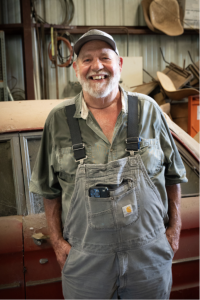
Small-scale cattle operators like Giles and Andersen represent the reality for much of the nation’s beef production. According to the latest Census of Agriculture, more than 622,000 of the 1.9 million U.S. farms had at least one beef cow at the end of 2022. Of those farms, about 55% had fewer than 20 beef cows.
Mississippi alone brought in more than $332 million in cash receipts for cattle in 2023. That’s why, Andersen said, local vets offer more than just emergency care —they help producers fine-tune herd health and production.
“That’s what I think a vet should do: They come out and help you with your whole production,” he said. “Because if you have 100 head of mama cows, and you’re only getting 80% reproduction, you’re losing money because you’re feeding 20 of those, and you’re not getting anything for them.”
When Andersen began raising cattle at 48, mentorship from a local vet helped him learn by doing — including performing a cesarean section with guidance over the phone.
“I think we have need for a veterinarian, because as a farmer, we know their needs and a lot of their wants, but we don’t know how much they need sometimes … whereas a vet has been trained with big animals — they can see something going on way before it happens,” he said.
Rural practices combat superbugs
Rural veterinary access has become even more important since June 2023, when federal rules changed how antibiotics are distributed. Mississippi producers can no longer buy high-strength antibiotics over the counter. Now, they need a prescription from a vet.
That puts more pressure on rural clinics and the few veterinarians, like List, who serve large regions.
“I think we need somebody to tell us which kind of (antibiotic) we need … and not to give too many or too much, because I think that’s an inherent problem that we have,” Giles said.
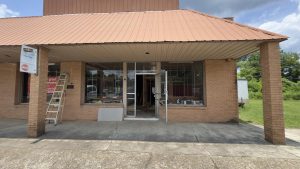
The regulation is part of broader federal and global effort to combat antimicrobial resistance —when bacteria evolve to resist treatment. Improper antibiotic use in agriculture can accelerate the rise of “superbugs” that impact both animal and human health.
“We are also restricted by laws that say we have to have a veterinary-client relationship, which means we have to know that herd. We have to have seen that herd,” List said. “We have to give you a withdrawal time … like how long before you can slaughter that animal or consume that animal.”
Rising to the occasion
While her background isn’t in large-animal medicine, List said she’s committed to learning — and leaning on her mentors — to serve the region’s needs.
“The reason I’m doing mixed-animal practice is because it’s what’s needed here,” List said. “Sometimes, you have to rise to the occasion and say, ‘Well, I’m gonna do it.’ And I have really good mentors down in Lucedale that help me with cattle stuff … we’re going to go outside of State Line, but how far just depends on who needs us. We’re not trying to impede and infringe on anybody else’s business. We’re trying to give a service to the people that are close to here.”



